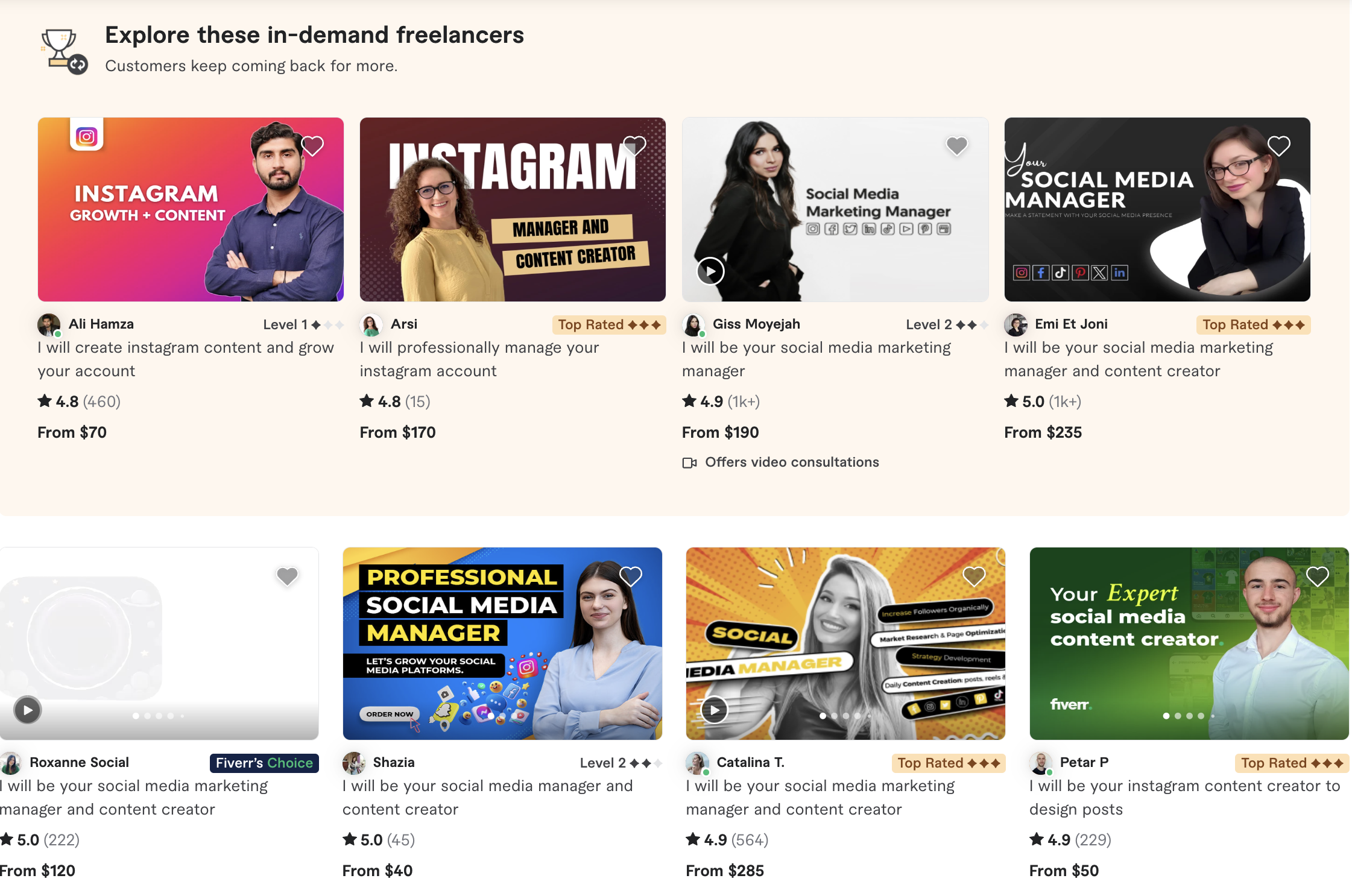How to Price Yourself as a Freelancer
When I first began freelancing seven years ago, I charged $0. Asking for money felt foreign and wrong. Over the years, I’ve learned how to fairly and accurately price myself and my services based on my capabilities.
In this article, I share with you the tips I stumbled over for the past seven years to grow my freelancing business into the successful engine it is today.
What skills + experience do you have that align with the freelance service(s) you’re offering?
This is a fancy way of asking for your resume. How do you back up the services you’re offering or what you claim to be able to do? You can present this information in various ways without submitting a formal Word document with a bulleted list of accolades and details about your college education.
Strive to present your skills and experience in a way that naturally sparks discussion. Some different avenues for presenting this information includes:
Portfolio pieces: Set up a free website with Wix. Make a list of successful projects you’ve completed, dedicating one page to each project. Use the STAR method (Situation, Task, Action, Result) for each project. This is a common interview technique to gauge behavioral characteristics. Communication often wins you the job, not just your hard skills. The more portfolio pieces and “proof points” you have, the more clients trust you, and the more they are willing to pay.
Don’t have any projects to present on your portfolio? Create hypothetical pieces aligning with the job, or type of jobs, you seek. It doesn’t matter that they’re hypothetical; they demonstrate your thought process and how you approach complicated projects. Just remember to be transparent with whoever is interviewing that these are indeed hypothetical projects.
Certifications: As a certified PMP (Project Management Professional), I throw this certification around quite a bit. Why? It’s widely renowned in the project management industry due to its difficulty. Not to mention I paid quite a bit of money and a chunk of time to achieve it. Being able to back yourself up with certifications helps you appear more professional and oftentimes, it helps companies build trust in their freelancer. In the end, they are taking a chance on you, so the more credibility you can provide, the higher you can set your price.
Schooling: Although this is not a dealbreaker, listing a Bachelor’s Degree, GED, Associate’s, MBA, Doctorate — can help. More often than not, where you attended school becomes a discussion starter. For example, I got my B.S. in Journalism and Public Relations from Central Michigan University which often leads to questions about Michigan, sports teams, etc. This helps me build connections with potential clients and makes me more likable. People often pay more for personality than skillset, and blending the two is key.
Years of Experience: The less years of experience you have, the harder it is to land your gig. Proudly boast your years of experience alongside your certs, schooling, and portfolio. We’re going to get into how this affects price in the next section.
How long have you been practicing in this industry?
Though it’s not a strict rule, there’s general guidelines for pricing based on years of experience. I view it as a tiering system.
Price Tier 1: 1-5 years of experience
Price Tier 2: 5-10 years of experience
Price Tier 3: 10-20 years of experience
Price Tier 4: 20+ years of experience
For example, I charged $0 in my first year of freelancing. I waitressed to make my bills and offered my services in exchange for portfolio pieces. From year two to year five, I charged $35 per hour or set flat project fees. Since then (I'm in year seven now), I charge $55 per hour for all services except project management, which I charge $70 per hour for.
Research what others are charging.
If you’re still unsure about where your prices should land, take a look at what others in your field are charging with similar experience. For this, I recommend doing your research on gig sites such as Upwork and Fiverr.
Additionally, consider economic factors and how they might impact your target audience. This can help you adjust your prices to reflect inflation or other circumstances.
How long does it take you to complete the tasks in your service packages?
A general rule of thumb is, the more time it takes you to complete a particular project, the more you can charge. Now, this is only true if you know what you’re doing. If a project takes you several months because you don’t understand or have the capabilities to complete it, this rule does not apply. If you don’t understand a project, but you take it on, you would actually be smart to lower your prices slightly. As freelancers, we need to underpromise and overdeliver — every. single. time.
Closing
If you’re looking for more tips on freelancing, follow me on Instagram, TikTok, or YouTube. Whichever form you prefer to consume your content. If you’re a business looking for project management, search engine optimization, strategy, and/or copywriting help — feel free to reach out and schedule a discovery call so we can chat.

